|
|
 Japan Water Guard |
 |
| |
| ●To conserve 21st century environment and water front●
Save our Earth!! |
| | HOME | About Us | Activities | Water Study Room | Projects | Site Map | Link |
  |
Seaweed bed ProjectThe Earth is watery planet and 70% of the Earth is covered by the ocean.However, basic production by phytoplankton, sea alga, and marine plants' photonic synthesis in the ocean is occured in the very few area of the ocean. Plants such as sea alga which conduct photonic synthesis needs sunlight, so these plants are in shallow water areas which they can obtain sunlight. Moreover, most fishes which lay eggs on these areas as seaweed bed stay in these areas. However, these shallow oceans which is upper than 50m water depth (mudflat・rocky shore・beach) are very small, and it is 0.6% of the total ocean area. The most basic production in the ocean has been conducted in such shallow area. That means, if these area's environment gets worse, the most basic production in ocean decreases largely. Moreover, most of us have lived near coats, and enjoyed catching in the important ocean. We obtain rich life by living with ocean. This area is neccessary for the basic productive place and for us to live. 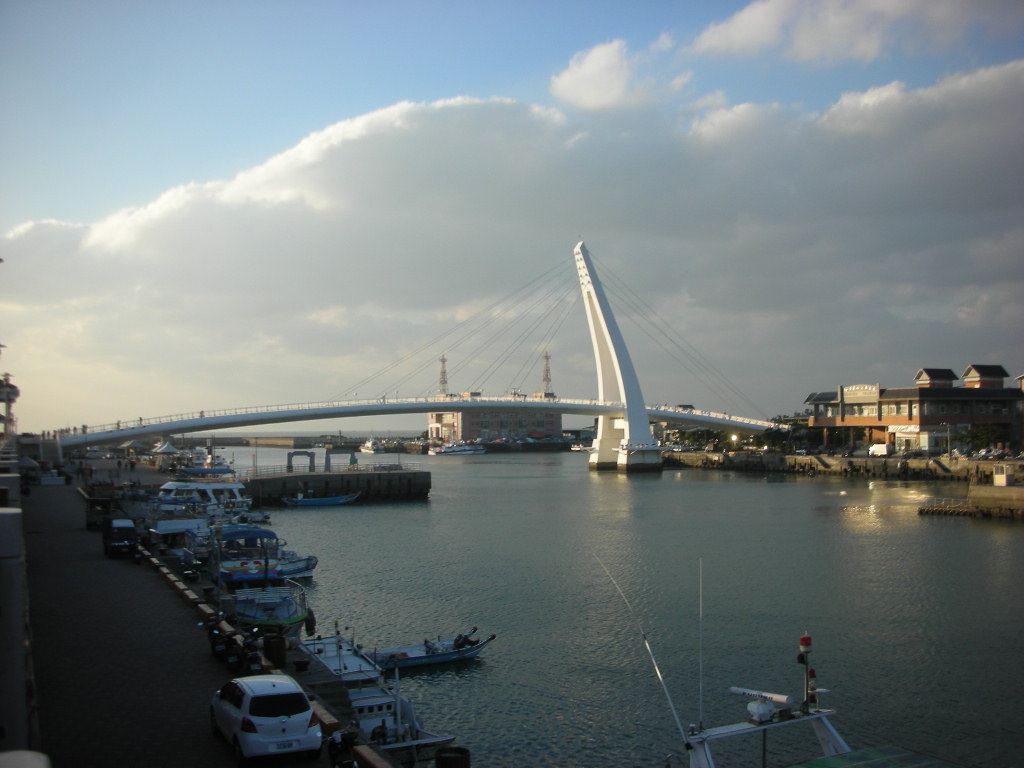 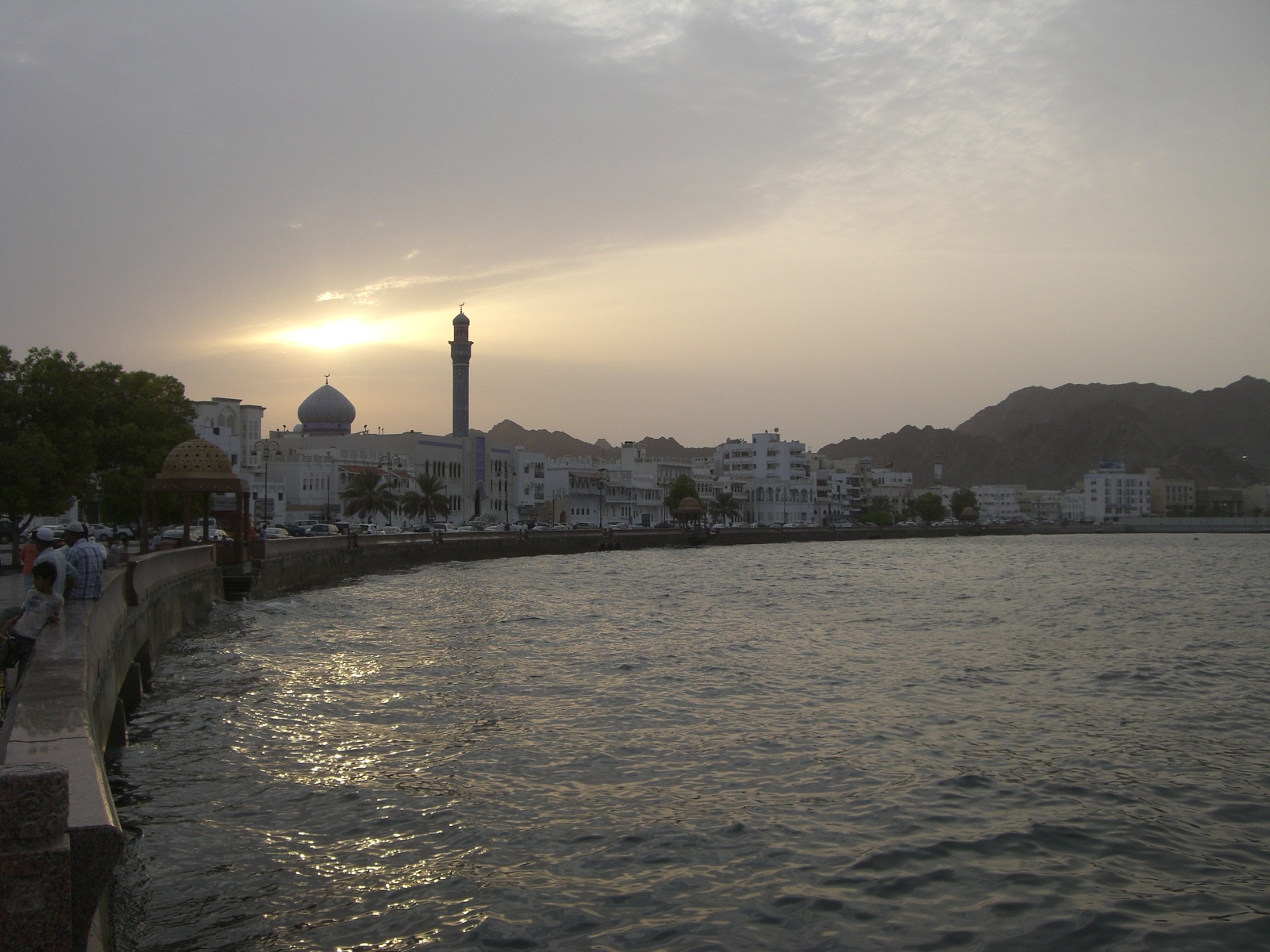  However, current rapid economical development and industrial activity have made a sacrifice of this ocean environment and causes to progress of environment destruction such as reduction of seaweed bed. The serious polluted condition of ocean by rapid development of developed countries in 20th century has been improved except sudden accidents. However, all wastewater is finally discharged to the ocean, so the root of problem is not solved yet. Also, developing countries in Asia and Africa have rapidly economically develped and discharged large amount of polluted matters with the industrial production. Thus, ocean pollution has progressed in world wide. In coast areas, land reclamation and dredging have been conducted continuously for urban development and disaster prevention work, and lots of artificial buildings were constructed. Even in other areas such as inner bay for fish farming, environment destruction has progressed due to densely packed farming. Thus, these areas becomes sea deserts where seaweed dead, and that leads the reduction of abalone, sea egg, and fishes. On the other hand, large amount of nitrogen and phosphorous have been discharged from our rich lives, and that destorys the balance of ecosystem in the ocean. Nutrient enrichment also emerges and causes red tide due to the overgrowth of phytoplankton. Moreover, when it becomes the lack of oxygen in the bottom of ocean, blue tide which emerges due to the water mass without oxygen in summer season. Nutrient enrichment leads overgrowth of sea stars and jelly fish and damages seaweed and shelf of coral. Due to these factors, wetland area in the ocean has been destroyed and expands sea desarts. 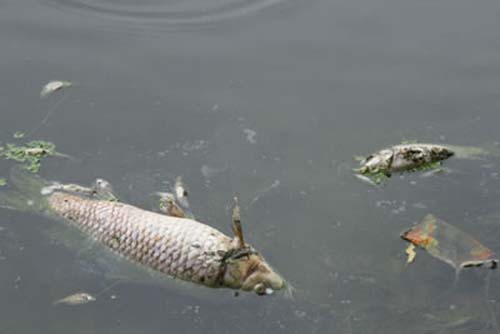 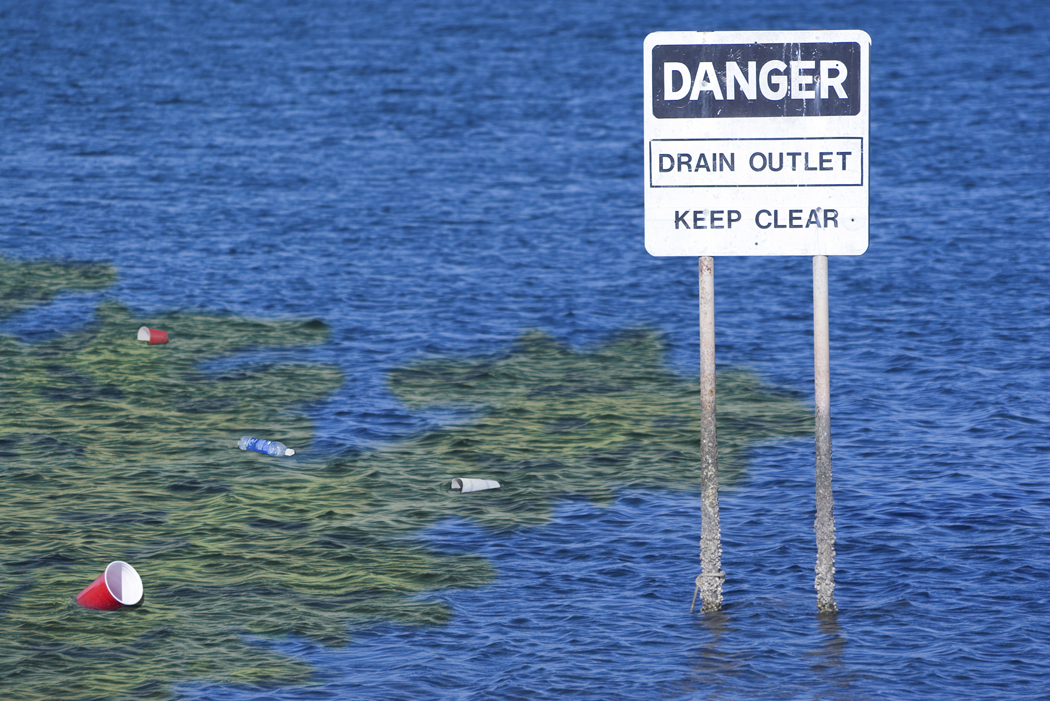 Sea deseart The growth of seaweed is required for rich brackish-water region where fresh water and sea water mix up. Supplying minerals such as iron from inner area is important for the growth of seaweed. In Mountains in inner land area, fallen leaves become leaf soils and lands contains minerals such as iron. Rain water wash the surface of mountain and the water penetrate under the ground which gradually goes to rivers. Thus, the water countais lots of minerals such as iron, and finally goes to the ocean. The seaweed in brackish-water region absorbs the wate and gorws. However, due to urban development in inner land, dams have been constructed in rivers area as well as there were several construction in rivers. As the result, most minerals form lands tend not to be discharged to the ocean. Moreover, forests which is the source of mineral have not been taken cared due to the reduction of forest industory. Mineral iron contained in forests are not supplied to ocean, and that causes not to grow seaweed. Thus, sea deseart emerges in everywhere. 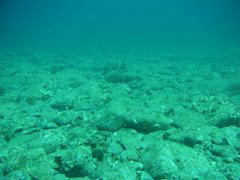 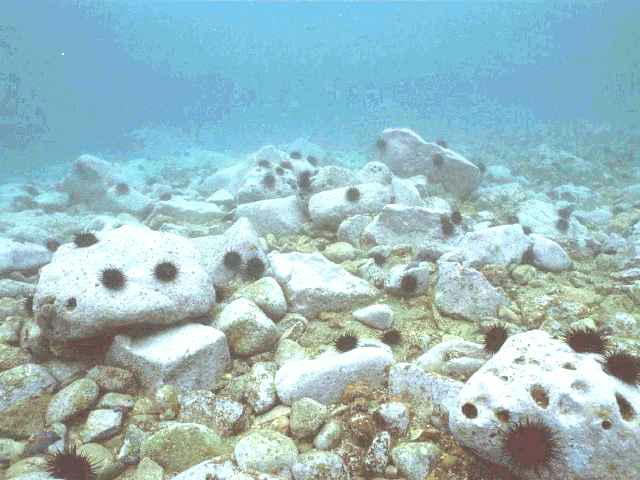 ◇Red tide In developed countries such as Japan, point source loads from specific area decreased due to sewage construction and development of wastewater treawtment technology. Thus, water pollution due to organic matters and chemical substances has been improved. However, non-point loads from waste gas and agriculutral wastewater doesn't decrease, and the waste amount of nitrogen and phosphorous increases. On the other hand, in developing countries where has rapidly ecnomically developed, treatment plants are not constructed yet due to large amount of industrial production and improvement of life environment. Thus, lots of contaminated matters are discharged without treatment. Nutrient salts such as nitrogen and phosphorous are discharged from rivers to ocean, and brackish-water area becomes nutrient enrichment, and overgrowth of phytoplankton leads "red tide." 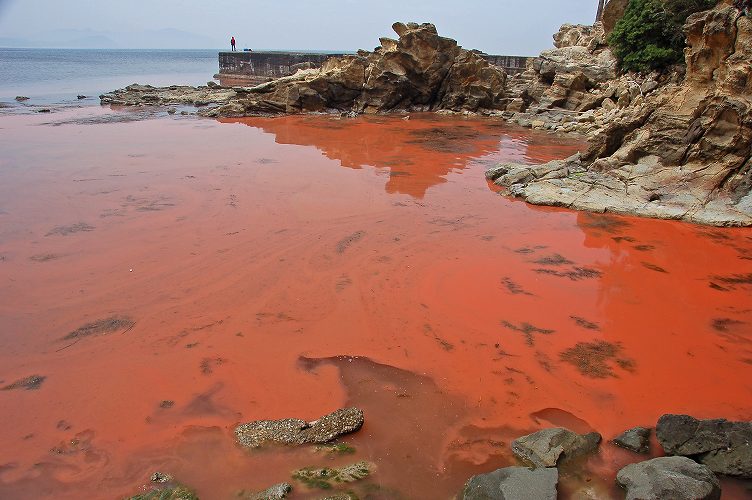 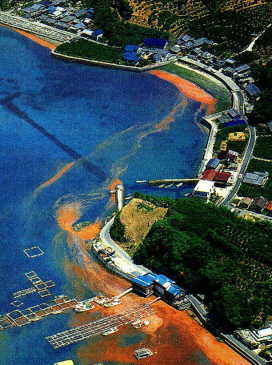 ◇Blue tide When large amount of phytoplankton due to red tide dead and deposits in the bottom of the ocean, large amount of oxygen are used to decompose these matters. As a result, the bottomo of ocean becomes lack of oxygen. Also, due to filling the land and dredging for construction for large ship lines, there are large holes in the bottom. In such holes, sea water doesn't move and it becomes lack of oxygen. Such lack of oxygen water contains hydrogen sulfide. When hydrogen sulfide reacts with oxygen in the surface of ocean, emerald green "blue tide" emerges. 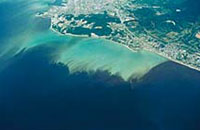 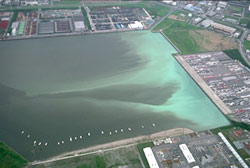 ★Prevention of global warming by absorption of CO2 Seaweed which supports primary production on the ocean conducts photonic synthesis. In photonic synthesis, seaweed absorbs CO2 and releases O2. CO2 is the factor of global warming and it has been claimed to reduce CO2. If seaweed grows and actively conducts photonic synthesis, it is very effective method to prevent global warming by absorbing CO2. On the other hand, if seaweeds reduces, CO2 doesn't decreases, thus speeding up global warming. Primary production in the ocean is equally important in rainforest. Therefore, Conserving wetland environment where seaweed grows is neccessary for the prevention of global warming. Making sea forest contributes to not only ocean environment improvement but also prevention of global warming.  ◇Measure | ||||||||||||||||||||||
| Copy right©JWG All rights reserved. |